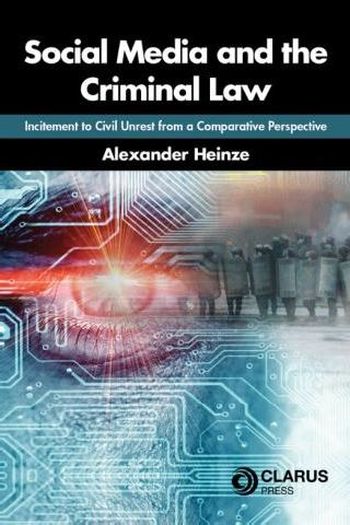
The emergence of social media has opened new channels of mass communication and expression. It is possible to reach an unlimited audience with the click of a mouse or the use of a smartphone. However, due to the anonymity that social media affords, it has opened new avenues for perpetrators to threaten, intimidate and incite. Social Media and the Criminal Law makes a cross-jurisdictional assessment as to whether the existing law is adequate for dealing with criminal conduct committed on social media sites in a manner that is compatible with human rights legislation and case law. After defining the social media landscape, it describes and analyses how social media expression is translated into criminal litigation. Since there is no “social media law”, the book especially assesses how in selected Common and Civil law jurisdictions laws traditionally governing particular types of expressive activity have converged in relation to criminal activity such as threats, hate speech, harassment, bullying, defamation, indecent images of children and terrorism.
This book’s main focus is social media expression that plans and incites crimes, civil unrest and violent public protest and how this expression receives constitutional or human rights protection. Do human rights instruments protect people’s messages, tweets, and Facebook posts that encourage an audience to protest? Can social media activity expose the average person to criminal liability when these protests turn violent? In an age where existing law can be seamlessly applied to new technologies and means of interaction, this book’s comparative law approach to criminal activity on social media provides a much-needed analysis.